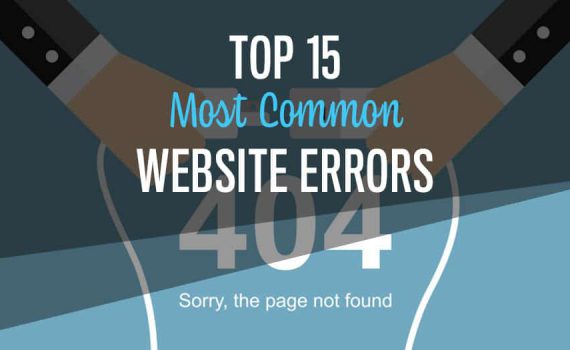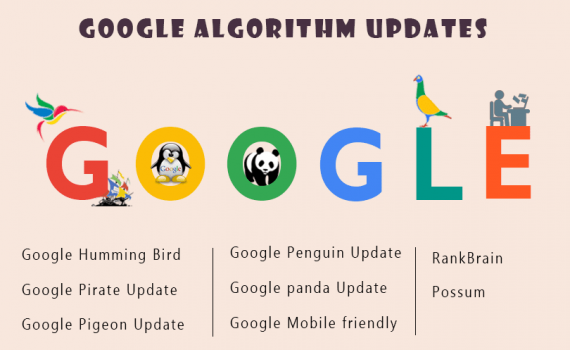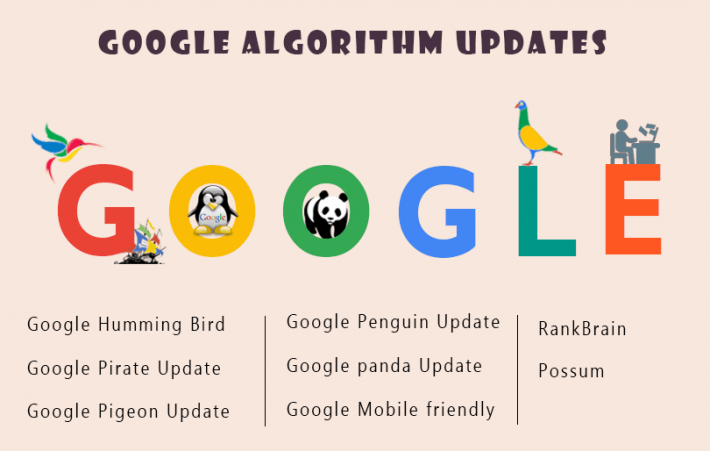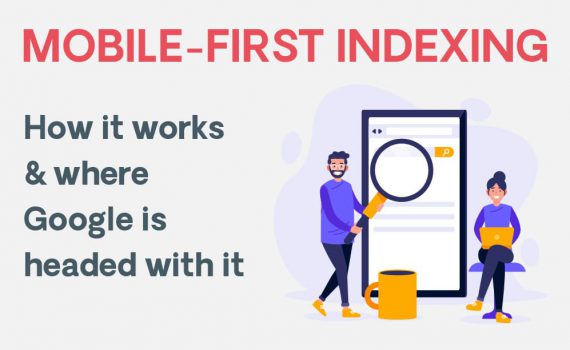
Mobile-First Indexing: How to Prepare Your Site for Google’s Mobile Algorithm
Category : SEO News
As mobile usage continues to rise, Google has shifted its focus to mobile-first indexing, reflecting the growing importance of mobile-friendly websites in search engine rankings. Mobile-first indexing means that Google predominantly uses the mobile version of a website’s content for indexing and ranking purposes. This transition emphasizes the need for a seamless mobile experience and has significant implications for SEO strategies. This guide explores what mobile-first indexing entails, why it matters, and how to prepare your site to align with Google’s mobile algorithm.
1. Understanding Mobile-First Indexing
What is Mobile-First Indexing?
Mobile-first indexing means that Google primarily uses the mobile version of a website’s content to index and rank pages. Although Google’s search algorithms have always considered mobile versions of websites, mobile-first indexing signifies a more pronounced shift towards prioritizing mobile-friendly sites.
Key Points:
Primary Source of Content: Google’s indexing and ranking are based on the mobile version of a site’s content, rather than the desktop version.
Desktop Sites Still Indexed: Sites without a mobile version are still indexed, but their rankings may be impacted if the desktop site isn’t optimized for mobile.
Why Mobile-First Indexing Matters:
Growing Mobile Traffic: With a significant portion of web traffic coming from mobile devices, ensuring that mobile users have a positive experience is crucial for retaining visitors and improving search rankings.
User Experience: Mobile-first indexing emphasizes the importance of a seamless and user-friendly mobile experience, aligning with Google’s goal to deliver relevant and high-quality search results.
2. Preparing Your Site for Mobile-First Indexing
1. Ensure Mobile Responsiveness
What is Mobile Responsiveness?
Mobile responsiveness refers to a website’s ability to adapt its layout and content to different screen sizes and devices, providing an optimal viewing experience across smartphones, tablets, and desktops.
Best Practices:
Responsive Design: Implement a responsive web design that automatically adjusts to different screen sizes. This approach ensures that users have a consistent experience regardless of the device they use.
Fluid Layouts: Use fluid grids and flexible images to create a layout that scales smoothly on various devices.
Tools and Resources:
Google’s Mobile-Friendly Test: Use this tool to check if your site is mobile-friendly and receive recommendations for improvements.
Responsive Web Design Checker: Test your site’s responsiveness across multiple devices and screen sizes to ensure a seamless experience.
2. Optimize Mobile Page Speed
Importance of Page Speed:
Page speed directly impacts user experience and search rankings. Slow-loading pages can lead to higher bounce rates and lower engagement, negatively affecting your site’s performance.
Best Practices:
Optimize Images: Compress and properly size images to reduce load times without sacrificing quality.
Minimize Resources: Reduce the number of HTTP requests and minimize the use of JavaScript and CSS files. Utilize asynchronous loading for non-essential scripts.
Enable Browser Caching: Use browser caching to store frequently accessed resources and speed up page loading times.
Tools and Resources:
Google PageSpeed Insights: Analyze your site’s performance and receive recommendations for improving page speed on mobile devices.
GTmetrix: Evaluate your site’s loading speed and get detailed insights into optimizing performance.
3. Ensure Mobile-Friendly Content
What is Mobile-Friendly Content?
Mobile-friendly content is designed to be easily readable and accessible on small screens. It includes clear, concise text, properly sized buttons, and easy navigation.
Best Practices:
Readable Text: Use legible fonts and font sizes that are easily readable on mobile screens. Avoid text that is too small or difficult to read.
Touch-Friendly Elements: Design buttons and links to be easily clickable with a finger. Ensure that interactive elements are well-spaced and avoid placing them too close together.
Avoid Flash: Flash is not supported on many mobile devices and can negatively impact user experience. Use HTML5 and CSS3 for animations and interactive elements.
Tools and Resources:
Google Search Console: Monitor mobile usability issues and get insights into how your content performs on mobile devices.
Mobile Usability Report: Review the Mobile Usability Report in Google Search Console to identify and fix mobile-specific issues.
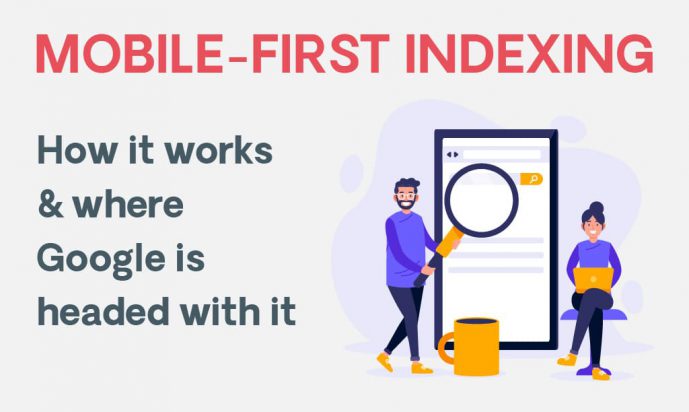
Guide to optimizing websites for Google’s Mobile-First Indexing and improving mobile search performance.
4. Implement Structured Data
What is Structured Data?
Structured data is a standardized format for providing information about a page and classifying the page content. It helps search engines understand the content and context of a page, improving how it is displayed in search results.
Best Practices:
Use Schema Markup: Implement schema markup to enhance search results with rich snippets, such as reviews, ratings, and event information. This can improve visibility and click-through rates.
Validate Markup: Use tools like Google’s Structured Data Testing Tool to validate your markup and ensure it is correctly implemented.
Tools and Resources:
Schema.org: Explore the schema.org website for guidelines and examples of structured data markup.
Google’s Structured Data Testing Tool: Test and validate your structured data to ensure it is correctly interpreted by search engines.
5. Monitor and Test Your Mobile Experience
Importance of Monitoring:
Regularly monitoring and testing your mobile experience helps identify and address issues that could impact user experience and search rankings.
Best Practices:
Regular Testing: Continuously test your site’s mobile performance and usability to identify and fix any issues promptly.
User Feedback: Collect feedback from users to understand their mobile experience and make improvements based on their input.
Tools and Resources:
Google Analytics: Use Google Analytics to monitor mobile traffic, user behavior, and engagement metrics.
Hotjar: Analyze user interactions with heatmaps and session recordings to gain insights into mobile user behavior and identify areas for improvement.
Wrapping it up
Preparing your site for Google’s mobile-first indexing is essential for maintaining and improving search rankings in a mobile-dominated world. By ensuring mobile responsiveness, optimizing page speed, providing mobile-friendly content, implementing structured data, and regularly monitoring your mobile experience, you can align with Google’s mobile algorithm and deliver a seamless user experience across all devices.
As mobile-first indexing continues to shape the SEO landscape, staying informed about best practices and adapting your strategies will be crucial for achieving long-term success in search engine rankings. Prioritizing mobile optimization not only enhances your site’s performance but also meets the expectations of today’s mobile users, driving better engagement and satisfaction.
